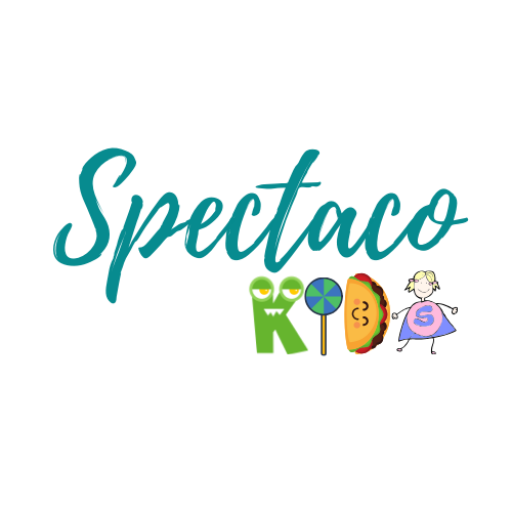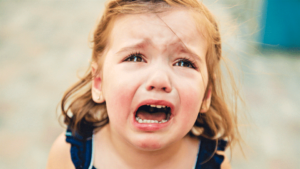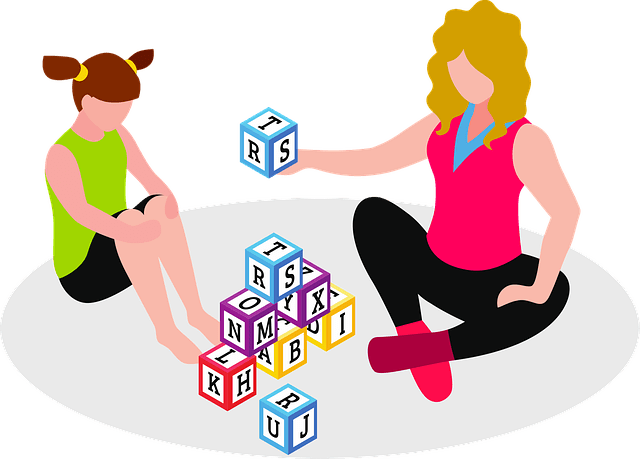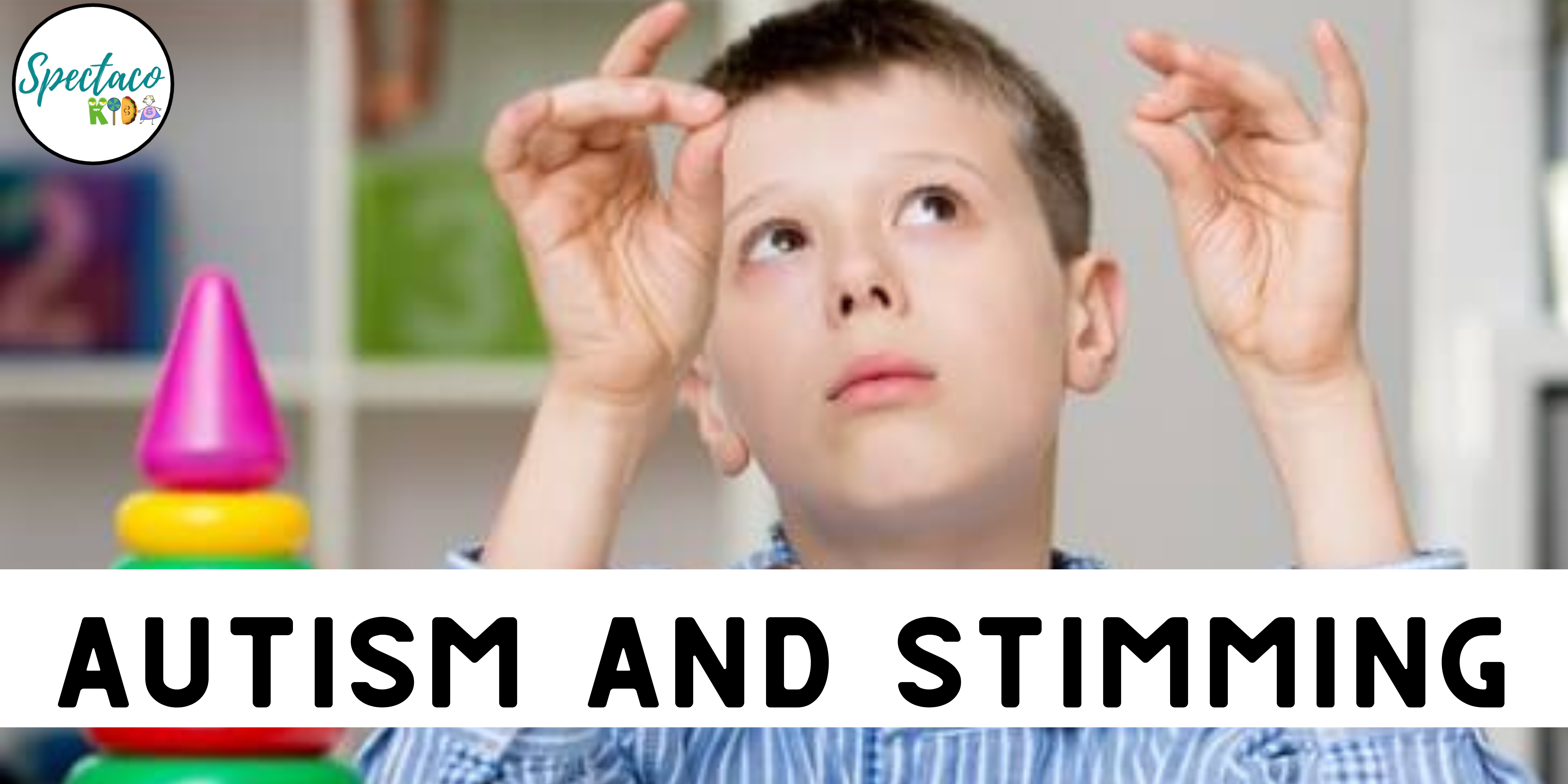What is behaviour?
Behavior refers to actions or reactions performed by humans. Behavior can be voluntary, involuntary, conscious or unconscious.
Why does a behaviour occur?
Behaviors happen for a specific reason. Sometimes the reasons are clear and can be understood easily, and other times they are unclear and difficult to understand. “What can be said with certainty is that your child is demonstrating a challenging behavior because it meets a specific need for him or her.”
It is certainly essential to know why an inappropriate behavior might be happening so it can be replaced with an appropriate one.
Functions of behavior:
- Escape
- Attention
- Tangibles
- Sensory
Escape
Access to escape removes undesired activities or interactions. Tends to happen when a task is too hard, easy, boring or scary. Such that, at times, we can see children getting engaged in challenging behaviours to escape from situations, people or tasks.
For example, every time Anna’s mother places her homework in front of her, Anna throws away the worksheet. As a result, her mother does not make her do her homework. In the future, Anna will throw away her worksheet every time her mother makes her do the homework because it results in her mother putting away her worksheet and she escapes doing her school work.
Attention
Access to attention provides access to people or interactions. Attention can take many forms (e.g., looking at your child, talking with your child, giving help, laughing at the child, and even using a firm voice with the child). Sometimes your child may be looking for attention in any way possible. This could mean praise or even getting angry with them.
For example; a child cries whenever you are on the phone, and then the parent yells “stop crying, I’m on the phone!” The child may learn that crying when you are on the phone will result in attention from their parents.
Tangibles
Access to tangibles provides preferred items or activities. This happens when one wants a preferred item or activity. A child might engage in challenging behaviour when he or she wants a specific thing they desire. Tangible can be anything, be it food, toys, tv time, a game etc.
For example, Johnny wants to play with his friend’s toy car. He will hit his friend who will cry and throw away the toy car. This would result in Johnny getting the toy car. Johnny will continue this hitting behavior because he knows that when he hits someone, he is more likely to get any toy he wants.
Sensory
Sensory stimulation provides sensory experiences; It is a behavior that feels good to do. It can happen anytime, even when alone.
For example, a child scratches his or her hand as they sit for an extended amount of time. If scratching the hand gives that individual the sensory input they are seeking, then hand scratching will continue.
How to identify the functions of behavior?
Trained therapists use the ABC model which is an acronym for Antecedents, Behavior, Consequences. This technique is used as a tool for assessing and identifying the triggers for a behavior.
It focuses on the relationship between a behavior and the environment in which it occurs in.
https://spectacokids.com/reinforcement-vs-bribery/
Antecedents
It is the actions or circumstances that occur immediately before a behavior. It can be a request, or even a change in the environment. For instance, the individual being asked to pick up a pen or being presented with a non-preferred task.
Behavior
It refers to the behavior of the individual in response to the antecedent. Following the request, an individual’s behavior is observed. It can be a verbal response, action, or something else.
Consequence
The consequence is a response that follows the behavior. For example, a therapist may ask a child to pick up his toys. If the child obeys and picks up the toys, then the therapist may reward him by either praising him or giving him a small gift.
This technique helps in understanding why an individual engages in a particular behavior so that the therapist can develop goals and target behaviors.
What is ABA therapy?
Applied Behavior Analysis or ABA therapy is a type of therapy that can teach proper behavior through reinforcement strategies and improve social, communication, and learning skills.
This therapy can change behaviors; reinforcing desired behaviors and discouraging unwanted behavior. The ABA therapy is commonly described as the gold standard for autism treatment. However, this therapy can also be used for other conditions such as dementia, brain injuries, anger problems and eating disorders.
What can ABA therapy help with?
ABA therapy can help autistic individuals. However, it can also be used for a variety of conditions including obsessive compulsive disorder, attention deficit hyperactivity disorder, panic disorder, post-traumatic stress disorder, sleep problems and other intellectual disabilities.
Benefits of ABA therapy:
This therapy benefits both adults and children and may be used in autism to reduce tantrums or teach a child to sit quietly.
Following are some ways that the ABA therapy can impact an individual’s life:
- Improves language and communication skills
- Decrease problem behaviors
- Helps to learn daily living skills
- Improves emotional connections with other people
- Helps to reduce or stop self-harming behaviors
- Helps overcome difficult obstacles
- Helps children be more independent
- Helps develop memory and cognitive abilities
- Helps to manage anxiety
- Improves attention
For more information, follow us on Instagram or visit our website!






